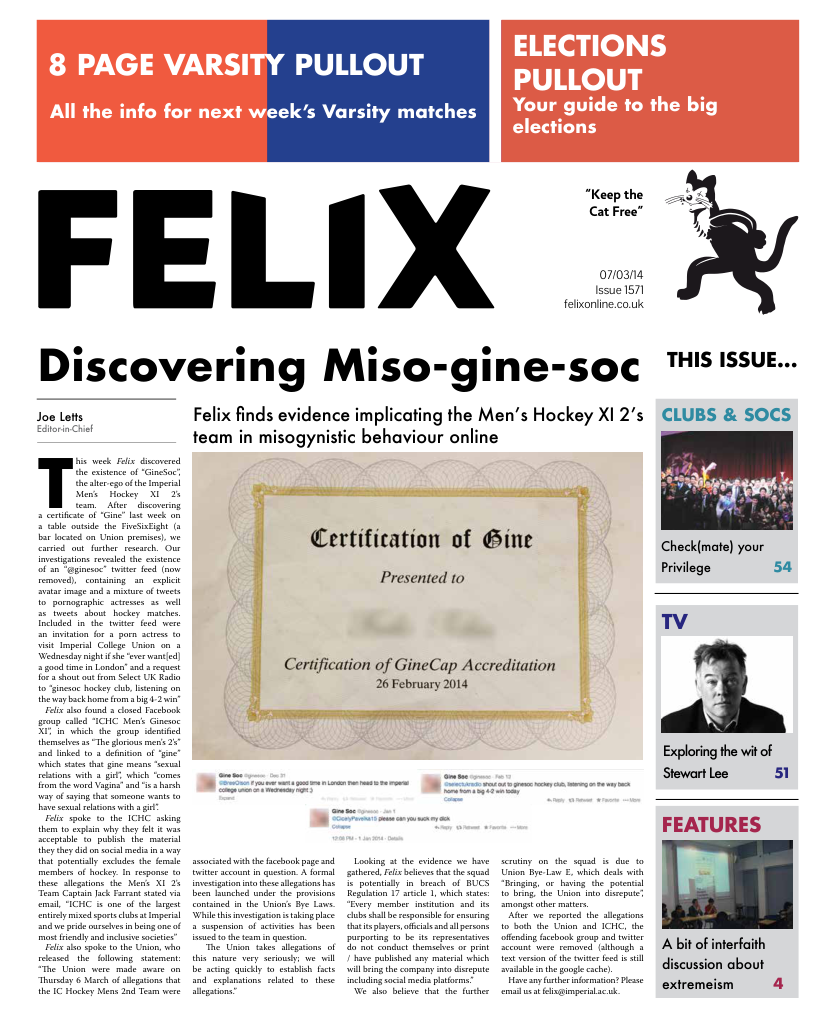Is all art propaganda?
Art should comfort the disturbed and disturb the comfortable. It’s an instantly quotable adage from Banksy, but what does it actually mean? Can a line be drawn between outright political propaganda and the canvases hanging in every hip gallery in London?
Art should comfort the disturbed and disturb the comfortable. It’s an instantly quotable adage from Banksy, but what does it actually mean? Can a line be drawn between outright political propaganda and the canvases hanging in every hip gallery in London? Or is all art propaganda, as the title of George Orwell’s collection of critical essays claims? Visual media has the unique ability to reach the masses and influence thought and perception. Does linking this to political ideology threaten the integrity of the artist and the artwork itself, or is the art informed and heightened by this social and political context? Propaganda and art have always been closely interlinked. War, in particular often blurs the lines between art and propaganda. Dating back to classical times, battle and its Generals have been glorified through art, calling men to arms. In modern times, as the public consciousness has turned away from war, art has similarly reflected the turning tide of anti-war sentiment.
A striking example is Picasso’s Guernica; a visceral 11x25.6 ft canvas depicting the horrors of war, and the misery that followed the Nazi bombing of the Spanish town of Guernica during the Spanish Civil War. It has gained fame for its bold political statement, made stronger by its lack of colour; it’s blue, black and white tones reminiscent more of newsprint and photographic documentation of the time than of Picasso’s usual style. Though Picasso himself always considered Guernica deeply political, condemning violence, at the time of its unveiling in Paris it received little critical attention. In this respect it could be said to have failed in its role as propaganda, never receiving enough critical acclaim or seen by enough people needed for truly effective propaganda. The piece has gone on to become a potent symbol of the destruction of war on the lives of innocent civilians. In many aspects, it is easy to fit Guernica neatly into the box of ‘art’ despite its political undertones. Other art pieces are more overtly propaganda. Take for example Rima Najdi, a multidisciplinary Lebanese artist based in Germany, who has taken to walking the streets of Beirut dressed as a bomb. All in black except for a fake red dynamite suicide vest, Najdi hopes to highlight the danger the citizens of Beirut face every day, and the real fear they have of dying just stepping out of their homes. The idea for the installation piece came as a result of being a close to one of the car bombs that hit downtown Beirut, and the predominantly Shia area of Dahiyeh, where Hezbollah has a strong presence. Though without a doubt food for thought, can Najdi’s work be considered true art?
Jackson Pollock would’ve thought not; abstract expressionism, the 20th century movement of which Pollock was a major figure, was based on the ideal that art should be wholly separated from ideology. Artists in the movement considered art to be of a higher form, that should be kept pure, and that the images or structures should flow from within the artist without seeking to influence or impart any sort of social or political context. It was the idea of ‘art for art’s sake’, pure aestheticism.
But even pure aestheticism cannot be safe from becoming propaganda; ultimately the power to judge an artwork lies in the hands of the viewer. Indeed, the work of the abstract expressionists including Jackson Pollock and Mark Rothko was adopted as propaganda during the Cold War. In 1995, The Independent reported that the CIA had confirmed that it had secretly funded the abstract expressionists as a foil to the rigid socialist realism of Soviet art, as a symbol of American freedom and creativity.
To address the question whether any attempt should be made to separate art from propaganda, we turn to Orwell when he writes in context of World War II in his 1949 essay The Frontiers of Art and Propaganda, “you cannot take a purely aesthetic interest in a disease you are dying from”. Speaking about the way art was so endemically joined with war propaganda – take for instance Rosie the Riveter who has since become an icon of the women’s war effort in the US, Orwell writes “[propaganda art] destroyed the illusion of pure aestheticism… propaganda in some form or other lurks in every work of art, [each] has a meaning and a purpose — a political, social and religious purpose”.
It seems art cannot exist outside of the social and political context of its time. Emphasising form over substance not only opens the artwork up to the danger of being too academic for the masses to enjoy, but often proves futile. Orwell goes on to write “our aesthetic judgements are always coloured by our prejudices and beliefs.” Thus even the most innocuous abstract piece may become a political statement in the mind of a particular viewer.





